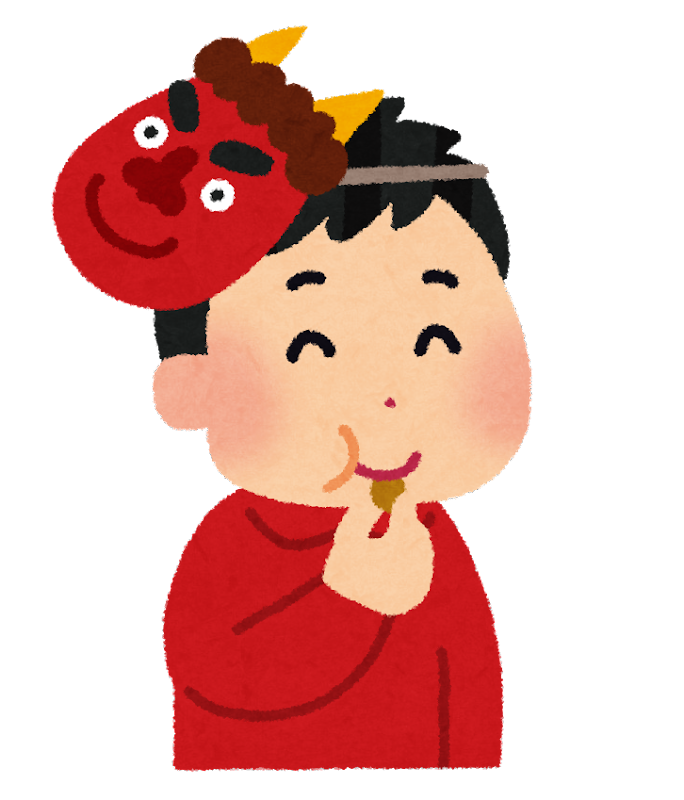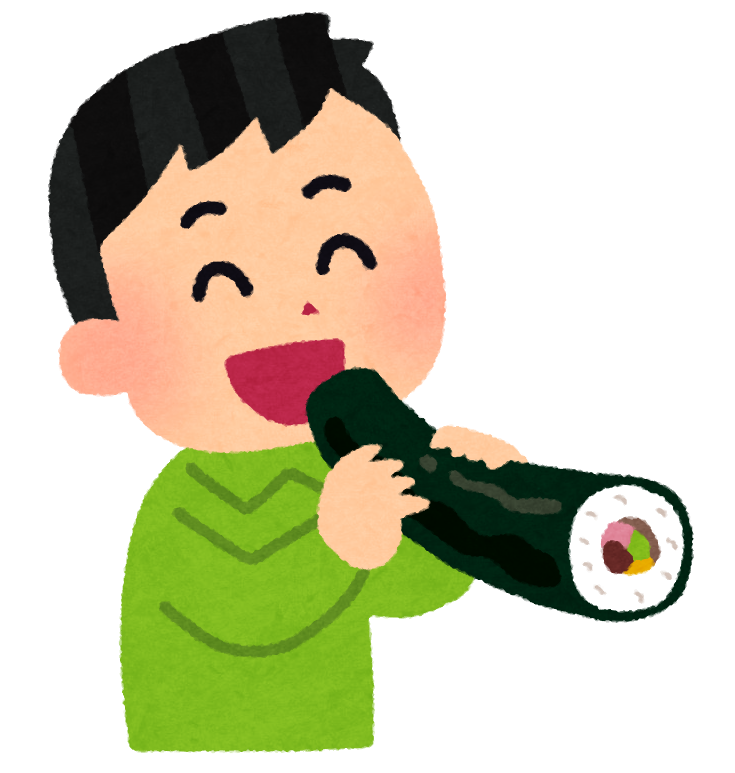Setsubun and Mamemaki
 2023.03.09
2023.03.09
Setsubun originally referred to the day before ※Risshun (Spring begins), Risshatsu (Summer begins), Risshuu (Autumn begins), and Risshunyu (Winter begins), and was set as a milestone day to divide the seasons, but of the four, only Setsubun, the day before Risshun, remained, and it became popular as a “traditional February event. In other words, if the day of Risshun changes, the day of Setsubun will also change accordingly. In 2023, Setsubun is February 3, Friday.
It has become a tradition in Japan that a ceremony held on Setsubun, which people scatter roasted soy beans inside and outside the house. It’s called Mamemaki. Throwing beans outside symbolizes the casting out of the devil, while throwing beans inside the house symbolizes keeping the blessings in the house. In Japanese, people say “Oni wa soto, Fuku wa uchi! (鬼は外、福は内!) After throwing the beans, people customarily eat roasted soy beans, with the same amount as their age, expressing the wish for good health
Most of the time, each family would choose one person to play the Oni role, by wearing Oni-mask, another person then throws the beans at the Oni, and Oni needs to run and get out of the house. Actually, it is fun for the kids to play!
There are also mame-maki events at some temples. Sumo wrestlers, Kabuki actors, and other famous people come to the temples and throw the beans. The famous one is held in Naritasan Shinsyouji temple with different celebrities come each year. I wonder who are going to be the Mame-maki celebrities this time.

Another tradition is to eat Ehomaki (恵方巻き) on this day. Ehomaki is Sushi in a tube shape with ingredients of cucumber, shiitake mushrooms, lotus root, fish flakes Kanpyo, teriyaki eel and Japanese omelet. You are supposed to eat it in one go at dinner, holding it towards the year’s direction of blessing. By eating Ehomaki, people believe it can bring happiness and good health. BTW, in 2023, the direction of blessing is “southeast-slightly south”.
※The ancient Chinese divided the sun’s annual circular motion into 24 segments. Each segment was called a specific ‘Solar Term’. Risshun, Risshatsu, Risshuu, Risshunyu are among these solar terms.





